Complete Safavid Codex of the ŠARĀ’Iᶜ AL-ISLĀM, A SHIA FIQH c.1660
£5,000.00
ŠARĀ’Iᶜ AL-ISLĀM, A SHIA FIQH by al-Muḥaqqiq al-Ḥillī. Western Persia, c.1642-1666.
Overview
Complete Persian manuscript on laid and polished paper, containing a rare copy of the voluminous Shiite fiqh (Islamic jurisprudence) treatise, originally in two Books, titled Šarā’iᶜ al-Islām fī masā’il al-ḥalāl wa’l-ḥarām (“Islamic Canonical Prescriptions by Questions about Lawful and Unlawful”), written by the 13th century Iraqi jurist Abū’l-Qāsim Ǧaᶜfar al-Ḥillī, here in a mid-17th century handwritten specimen dated in the colophon at the 8th day of the Ḏū’l-Ḥiǧǧa month of AH 1059 (= Monday, December 13th, AD 1649), and most likely coming from a Western city of Safavid Persia during the eighth year of reign of Šāh ᶜAbbās II (r. 1642-1666).
349 ll. [2+347+0], for 697 pages overall.
Leaf size: mm. 250 x 195 ca.; written space measurements: mm. 170 x 110 approx; Arabic text penned in a West Persian nasḫ calligraphy with abundant marginal and interlinear notes, which are written either in a quite similar nasḫ, or in nastaᶜlīq hand, both of them quite close to the “Ottoman” style. The Šarā’iᶜ text is arranged on a 15 or 16-line single column, whereas the two subsequent prose texts are spread over 31 to 35 lines to the page. Section titles, as well as some remarkable words and transitional formulas, are highlighted by means of light red ink (rubricated).
This manuscript, being an exclusively content-oriented product, is totally devoid of decorative embellishments other than proportion and clarity of the calligraphy.
The first volume (ar.: ǧild) of the work ends with a rubricated colophon at l. 155r., mentioning the scribe’s name, i.e.: the qāḍī (Islamic judge) ᶜAlī, son of (ibn) Muḥammad Ḥuseyn Aštahāridī.
The other volume starts at l. 156r., after some Persian notes filling the previous couple of pages. The final colophon, ending the very treatise, is to be read at l. 343r., where the title, date, and scribe’s name are repeated, with an atonement invocation and two rubricated notes, the Shiite cry Yā Allāh, yā Muḥammad, yā ᶜAlī! – “Oh, God, oh, Muḥammad, oh, ᶜAlī!” among them.
At l. 343v., another prose text in form of a short essay (risāla) starts with an invocation to ᶜAlī, Muḥammad and his family, which also speaks from the Shiite legal standpoint, on all possible cases in which breastfeeding can take place and ending at l. 346v. The final leaf is also filled with another, even more concise treatise.
Flapless cardboard binding covered with blind-tooled brown leather (goatskin, perhaps) decorated with a central almond-shaped motif (mandorla) showing floral décors inside its perimeter and embellished with two smaller elements similarly designed and arrayed symmetrically along the central vertical axis. The border is crafted with modular wave motifs, and a rectangular frame encompassing the decorative elements described above-described decorative elements is drawn by means of a double line.
This manuscript has been preserved in extremely good condition, showing only minimal signs of the wear and tear of time, like three tiny wormholes on the binding and isolated waterstains scattered here and there.
On this Work
The Šarā’iᶜ al-Islām fī masā’il al-ḥalāl wa l-ḥarām, also briefly known as Šarā’iᶜ, is a well-known work in Imāmī jurisprudence, written by Abū’l-Qāsim Naǧmu’d-Dīn Ǧaᶜfar ibn Ḥassan ibn Yaḥyá ibn Saᶜīd al-Ḥillī, also known as al-Muḥaqqiq al-Ḥillī or al-Muḥaqqiq al-Awwal (d. AD 1277).
This book has long been one of the key textbooks of (Shia) seminary schools for jurisprudence (fiqh).
The Šarā’iᶜ is a comprehensive book of Islamic jurisprudence on all matters, including over 12,000 issues covering all areas of jurisprudence. The book has been a pole of discussions and a textbook in Shiite seminary schools for more than 750 years, being usually and extensively cited in subsequent works analysing the doctrines of the Shiite fiqh. Indeed, the Šarā’iᶜ al-Islām constitutes the first, largest, and perhaps most accomplished attempt at synthesising the traditionalist method of the old, venerable Sunni legal tradition – deeply indebted to Hadithic literature and mentality – with elements of ‘Sufi criticism’, redetermined in the light of the Twelver Shiite mysticism, revived, in turn, in the light of the Imamate doctrine, which is followed by the majority of the Iranian Shiites even today.
The book has taken centre stage in Shiite jurisprudence for centuries because of its particular features, such as its clear writing, precision, and brevity, and also its style of presenting questions and issues, as well as its concern for reliable quotations, and formulations that consider different viewpoints. There are also many commentaries and notes on Šarā’iᶜ al-Islām, due to its extraordinary significance.
Contentwise, the Šarā’iᶜ is divided into four main parts, according to the following classes and topics:
Worships (ᶜibādāt), comprised of ten books, on: ritual purity (ṭahāra), mandatory daily prayers (ṣalāt), zakat (an obligatory Islamic tax on certain goods and products), ḫums (the obligation of paying one fifth of one’s annual benefits), ṣawm (fasting), iᶜtikāf (the practice of temporary retreat in a mosque for few days), ḥaǧǧ (obligatory pilgrimage to Mecca), ᶜumra (non-obligatory pilgrimage to Mecca), ǧihād (striving to fight the “holy war”, both mystical and military, against unislamic behaviour, thoughts or realities) and the striving of the faithful to stick to the general rule of “enjoining the good and forbidding the evil” (al-amr bi’l-maᶜrūf wa’l-nahy ᶜan al-munkar).
Contracts (ᶜuqūd), subdivided into 18 books, respectively on: transaction (tiǧāra), mortgages (rahn), bankruptcy (iflās), being ward (ḥiǧr), guarantee (ḍimān), drafts (ḥawāla), bails (kifāla), compromise (ṣulḥ), partnership (širka), including specifically Islamic forms of partnership, like muḍāraba (the one in which one party provides the capital, and the other contributes by his work), muzāraᶜa (a kind of agricultural partnership in which one party provides lands for farming, and the other works as a farmer), musāqāt (a sort of contract in which one party takes care of the other party’s trees and garden, especially by water supply, then they share the products as agreed upon), deposit (wadīᶜa), borrowing and loaning a property (ᶜāriya), renting (iǧāra), agency (wikāla), the waqf (or “mortmain”, a sort of religious endowment of lands or any property), gift (hiba), sabq and rimāya (respectively, the race and the shooting at game animals as war training), will and testament (waṣīya), and marriage (nikāḥ).
Unilateral Obligations (īqāᶜāt), into 10 books: divorce (ṭalāq), ẓihār (a sort of divorce in Arabia before Islam that is forbidden by the Qur’ān), īlāᶜ (an ancient Arab custom forbidden by the Islamic law, whereby the husband swears he will never have intercourse with his wife without divorcing her, in order to hurt her), liᶜān (mutual curse: in some conditions when the husband accuses his wife of adultery and there is no one to testify on this claim, the husband and the wife should curse each other, and then they will be separated forever and can never marry again), ᶜitq (emancipation of slaves and bondwomen), tadbīr (the owner wills that his slave be emancipated after his death), mukātaba (a sort of contract between a slave and his owner to the effect that the slave might be emancipated by paying certain amount of money), istīlāᶜ (according to which, when a bondwoman bears a child to her owner, she is to be emancipated after her owner’s death), iqrār (to acknowledge something not to one’s own benefit), ǧuᶜāla (a commitment to certain fee in exchange with a certain work), aymān (oath), and naḏr (vow).
Verdicts (aḥkām), on: hunting (ṣayd), slaughtering the cattle by exsanguination (ḏabāḥa), on food and beverages (al-aṭᶜima wa’l-ašriba), usurpation or expropriation (ġaṣb), pre-emption, namely the priority of a person to purchase the shares of his partner in case the latter wants to sell them (šufᶜa), restoration of wastelands (iḥya’ al-mawāt), lost property (luqaṭa). This section also deals with verdicts concerning heritage (farā’iḍ), judgeship (qaḍā’), testimonies (šahādāt), specific punishments for violating certain Islamic precepts (like ḥudūd and taᶜzīrāt), on the killing of a murderer at the request of the victim’s family (qiṣāṣ), and on blood-money (dīyāt).
Besides, al-Ḥillī structures each section with first mentioning whether an action is conceivable as mandatory (wāǧib), supererogatory (mustaḥabb) detestable (makrūh), or forbidden (ḥaram).
The renowned Iranian Shia scholar and Grand Ayatollah Āqā Bozorg Tehrānī (1876-1970) mentions three manuscripts of the Šarā’iᶜ al-Islām in his monumental work aḏ-Ḏarīᶜa ilá taṣānīf aš-Šīᶜa published in 1908 (a list of relevant Shiite works in 26 volumes).
Several handwritten copies of the Šarā’īᶜ al-Islām are to be found across world libraries. Due to the plain fact that most of such items have been realised in more recent times than the present codex, this manuscript copy of the Šarā’iᶜ, given its comprehensive nature and considerable antiquity, proves to be of particular interest, both on cultural and codicological standpoint.
Two handwritten specimens of this major Shiite treatise dated around the same time as ours are housed at the University of Michigan (Ann Arbor), dated AD 1638. See for more on the WorldCat:
https://search.worldcat.org/it/title/1194685151?oclcNum=1194685151,
not much older than the copy held at Harvard, dated AD 1660 (just 11 years after the present codex):
https://search.worldcat.org/it/title/612182461
Also, the Royal Danish Library (DKB) owns two copies of the same work, one long pre-dating our codex (dated at AD 1563 – along with another, undated copy, roughly ascribed at the 17th century):
https://search.worldcat.org/it/title/1200650621
Lastly, the McGill University (by the Institute of Islamic Studies Library, in Toronto, Canada) has an almost perfectly contemporary copy as ours (dated AD 1662):
https://search.worldcat.org/it/title/1003856036
Note on the Author, al-Muḥaqqiq al-Ḥillī
Abū’l-Qāsim Ǧaᶜfar ibn Ḥassan ibn Yaḥyá ibn Saᶜīd al-Ḥillī (AD 1205-1277) commonly regarded as al-Muḥaqqiq al-Hillī or al-Muḥaqqiq al-Awwal, was a great Shia faqīh (Islamic jurist) of the uṣūlī school, and a poet as well. He was one of the best-known jurists of his time and became known by the sobriquet of Muḥaqqiq (“The Researcher” par excellence) among his peers and fellow jurists, as well as in their works on fiqh, when quoted by them.
Some great scholars were among his pupils, such as al-ᶜAllāma al-Ḥillī, Ibn Dāwūd al-Ḥillī, Sayyīd ᶜAbd al-Karīm ibn Ṭāwūs, and Ibn Saᶜīd al-Ḥillī. He was held in the highest esteem by the famous Persian polymath Nāṣiro’d-Dīn aṭ-Ṭūsī, who attended his lectures on the Shiite jurisprudence.
Al-Muḥaqqiq al-Ḥillī was born in 1205 in Ḥilla, Iraq, and started the study of conventional sciences of the time since childhood. As it was his mother tongue, he studied Arabic literature in great depth and detail, and acquired a good knowledge of astronomy, mathematics, logic, and theology. Then he learned fiqh and uṣūl from his learned father Ḥasan ibn Yaḥyá, and from other famous scholars of Ḥilla, such as Ibn Namā and Sayyīd Faḫḫār al-Musāwī, who were the students of the great Shia jurist Ibn Idrīs al-Ḥillī. Our Author spent his entire life teaching in his hometown Ḥilla and passed away there on the 13th day of Rabīᶜ al-Awwal, AH 676 (= August 14th, AD 1277).
Be the first to review “Complete Safavid Codex of the ŠARĀ’Iᶜ AL-ISLĀM, A SHIA FIQH c.1660” Cancel reply
Product Enquiry
Related products
C12th - C13th manuscripts
C12th - C13th manuscripts
Elegant English Early Gothic Script from late C12th Passionale – Paulinus of Milan
C12th - C13th manuscripts
C14th -C16th manuscripts
C12th - C13th manuscripts
Glossed Bible leaf reused as a binding in French archive. France (doubtless Paris), 13th century.

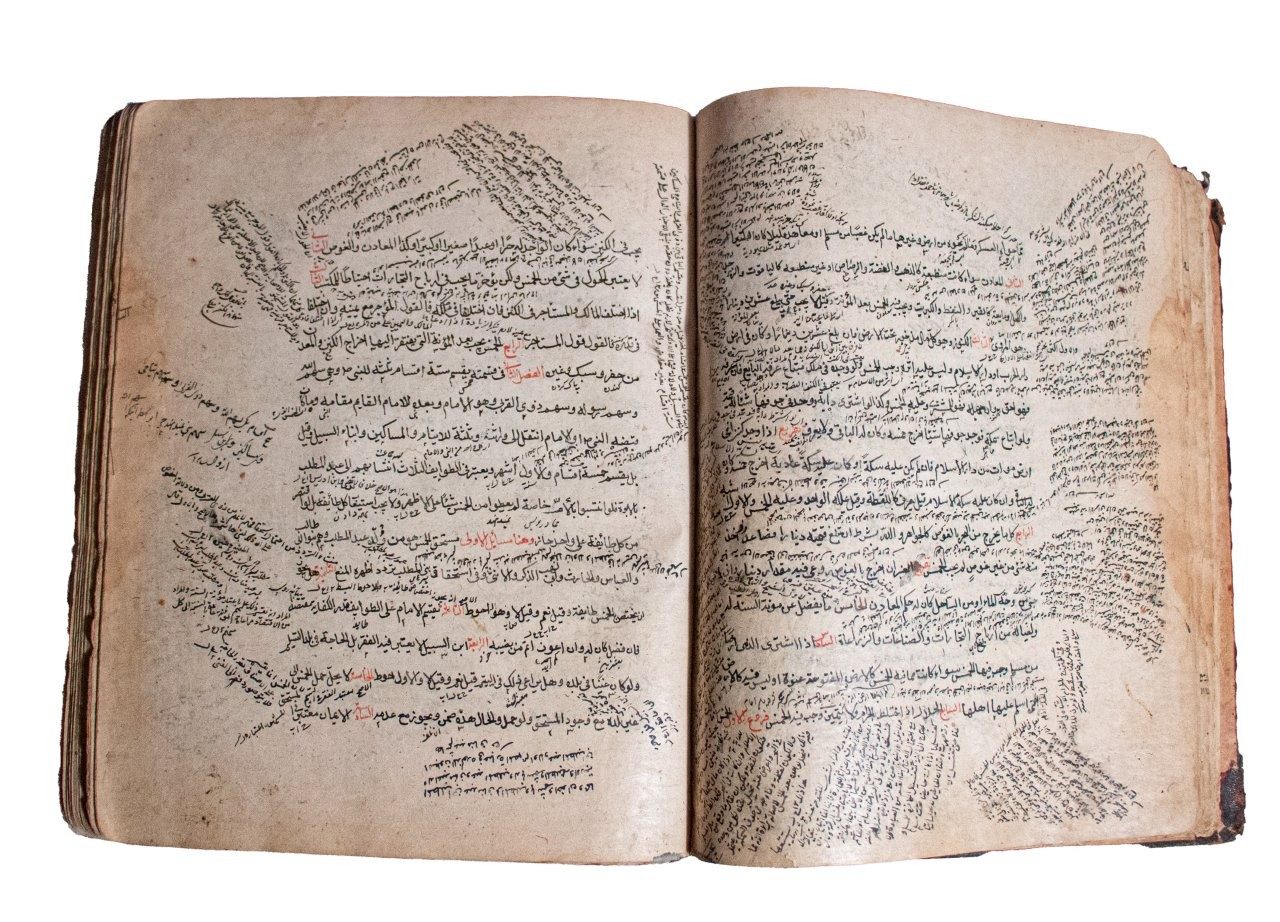
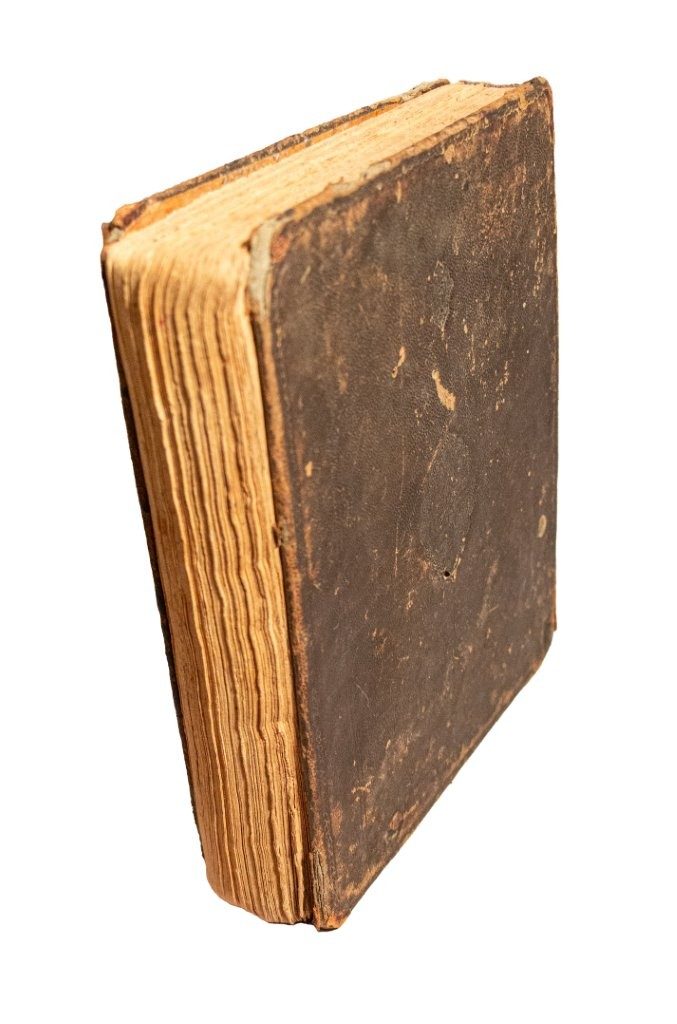
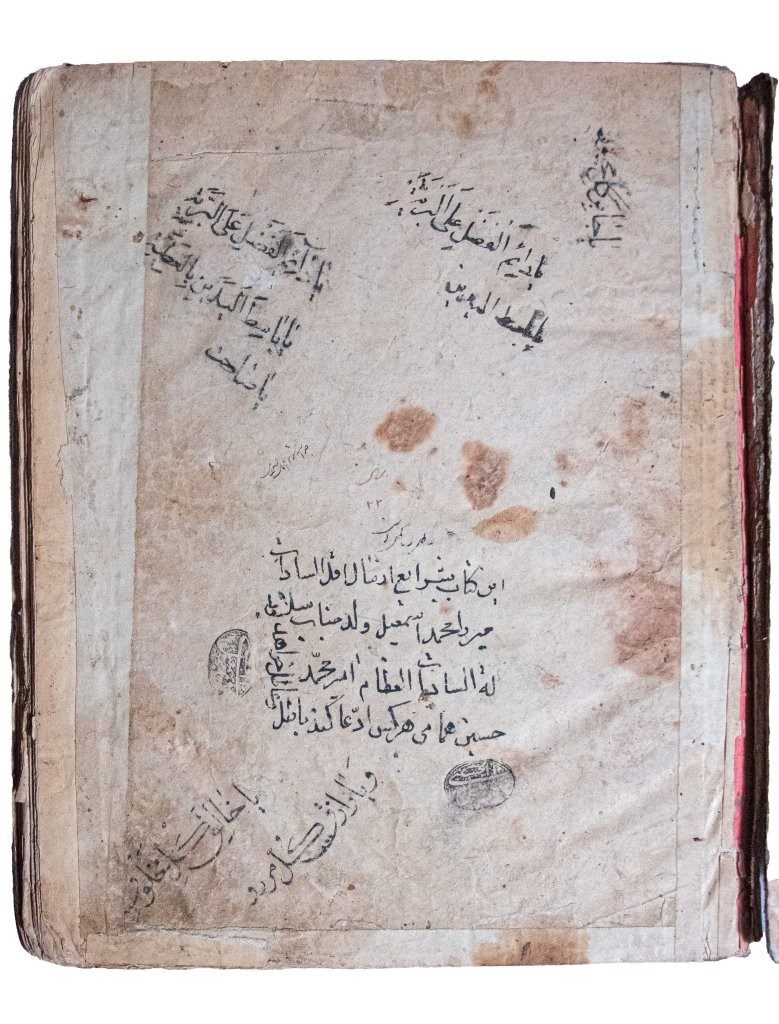
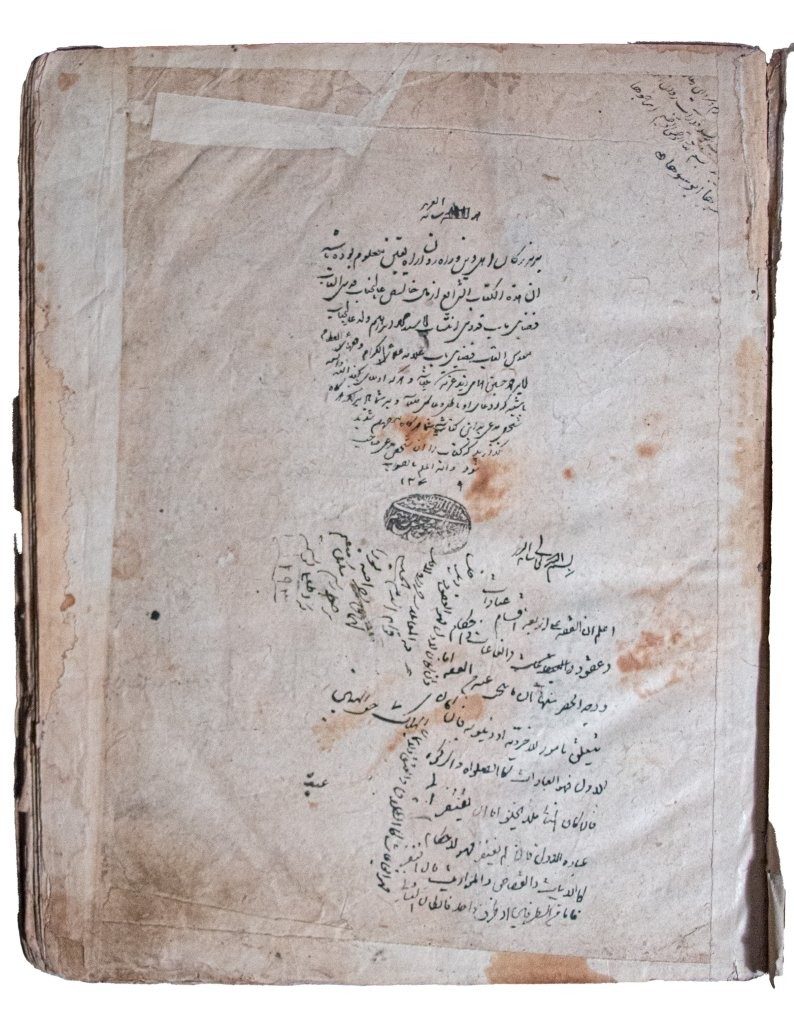
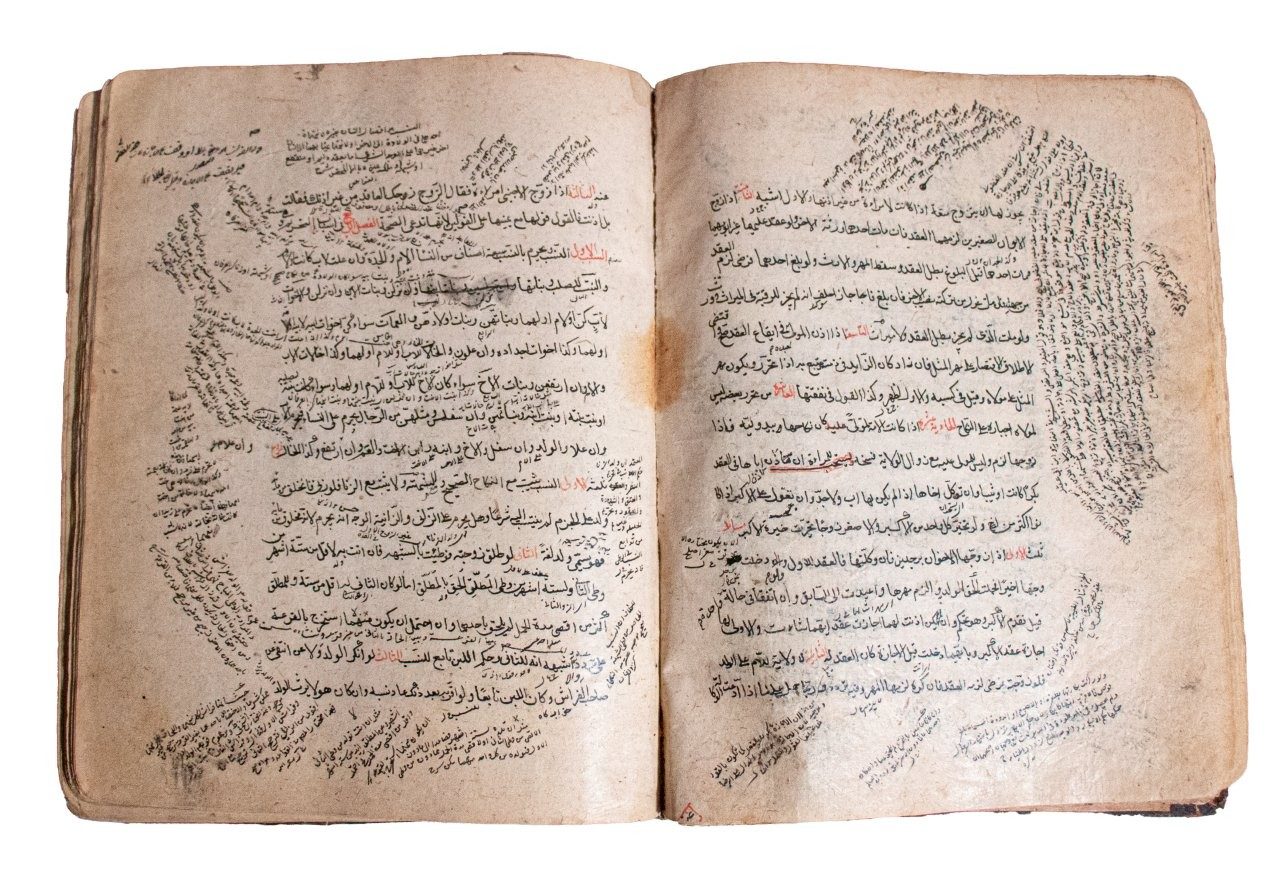
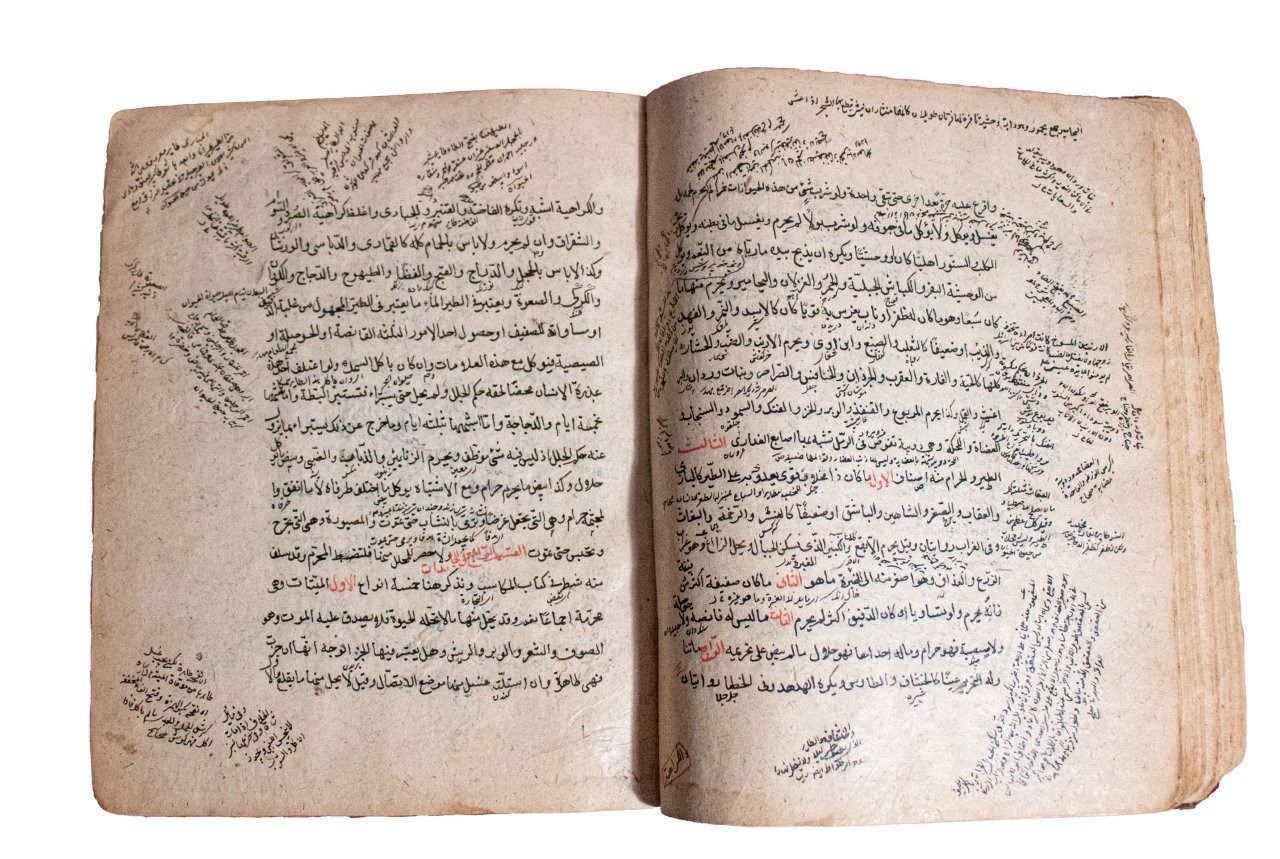
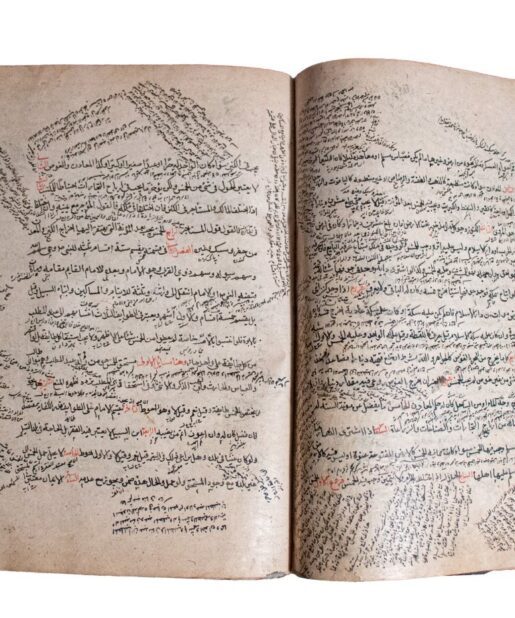
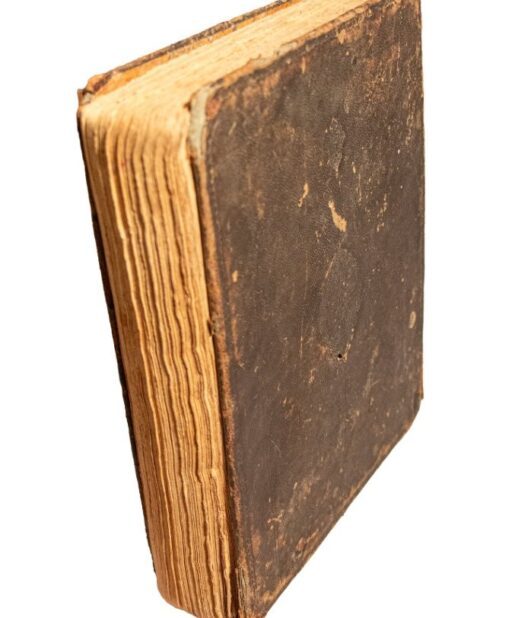
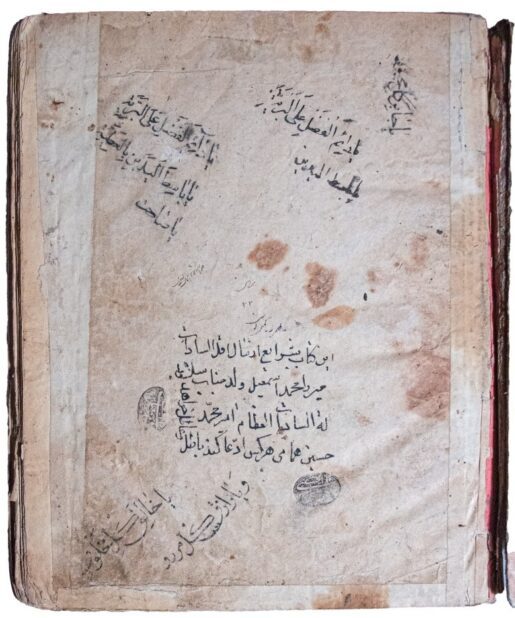
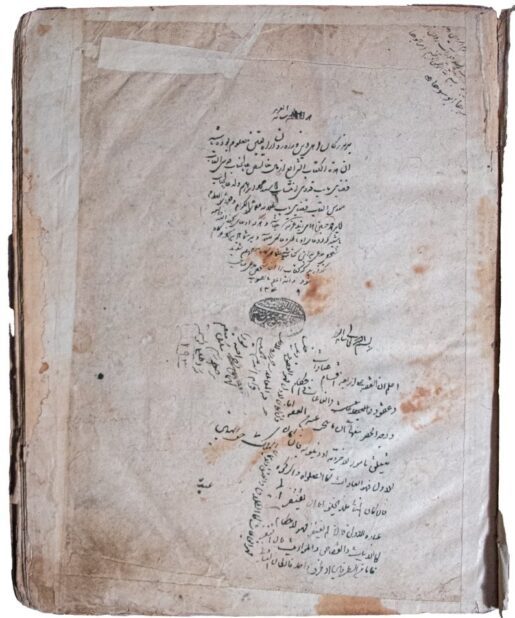
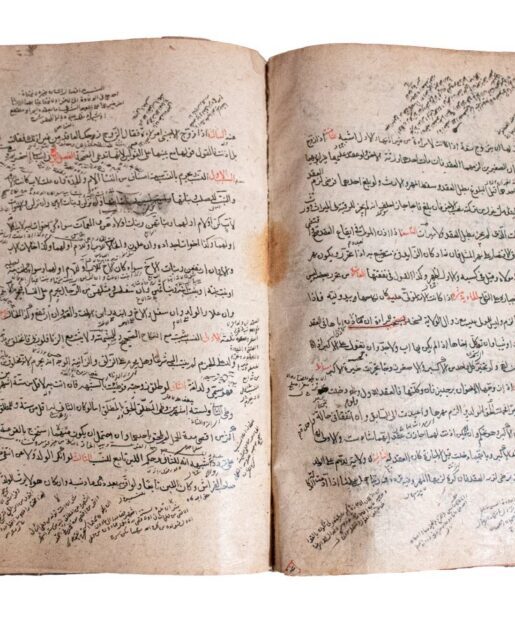
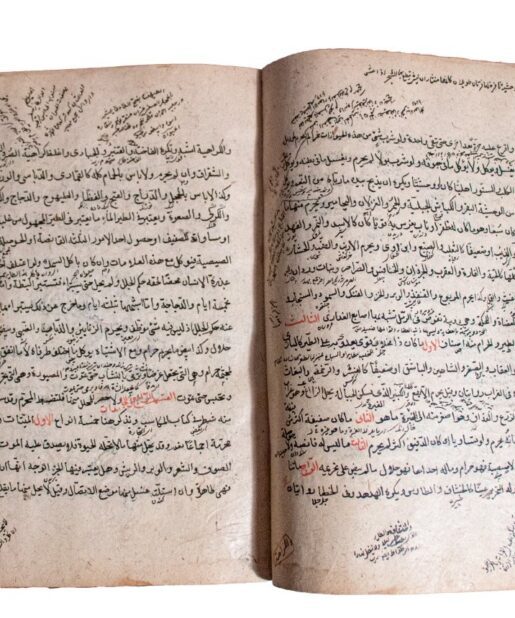
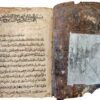
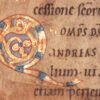
![Commentary on Aristotle, Categoriae, and the same authors translation of Perihermenias BOETHIUS [MS] C.13th Commentary on Aristotle, Categoriae, and the same authors translation of Perihermenias BOETHIUS [MS] C.13th](https://butlerrarebooks.co.uk/wp-content/uploads/2013/08/IMG_8383-515x618.jpg)
![Commentary on Aristotle, Categoriae, and the same authors translation of Perihermenias BOETHIUS [MS] C.13th Commentary on Aristotle, Categoriae, and the same authors translation of Perihermenias BOETHIUS [MS] C.13th](https://butlerrarebooks.co.uk/wp-content/uploads/2013/08/IMG_8379-515x618.jpg)
![St Paul, in an initial on a leaf from a vast Gradual, in Latin [Northern Italy (Lombardy, perhaps Milan), late 15th century (c.1480–90)] St Paul, in an initial on a leaf from a vast Gradual, in Latin [Northern Italy (Lombardy, perhaps Milan), late 15th century (c.1480–90)]](https://butlerrarebooks.co.uk/wp-content/uploads/2022/07/IMG_2119-scaled-515x618.jpg)
![St Paul, in an initial on a leaf from a vast Gradual, in Latin [Northern Italy (Lombardy, perhaps Milan), late 15th century (c.1480–90)] St Paul, in an initial on a leaf from a vast Gradual, in Latin [Northern Italy (Lombardy, perhaps Milan), late 15th century (c.1480–90)]](https://butlerrarebooks.co.uk/wp-content/uploads/2022/07/IMG_2118-scaled-515x618.jpg)
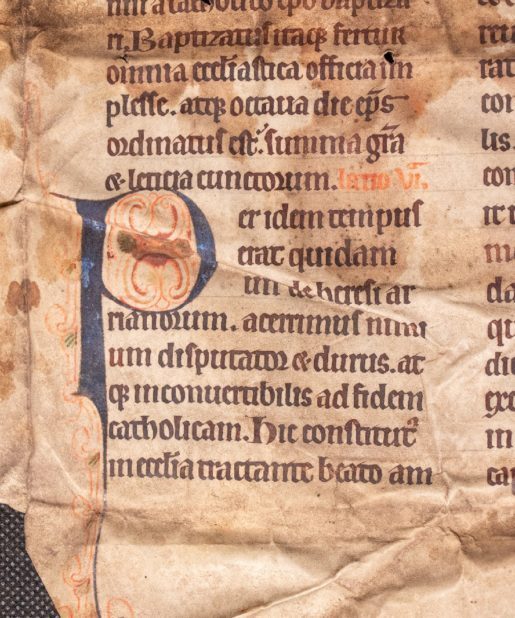
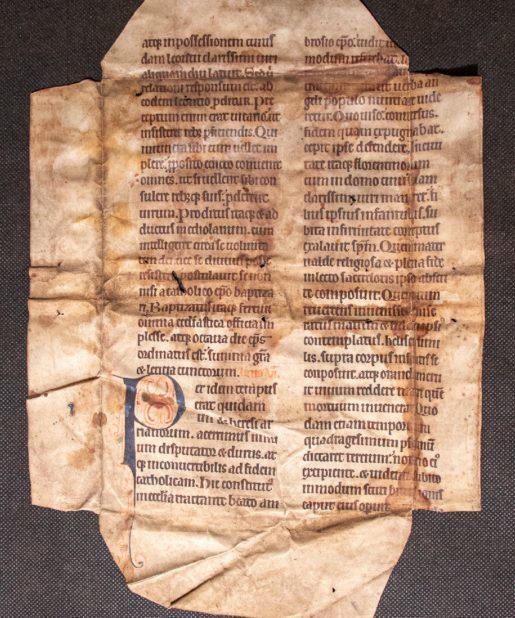
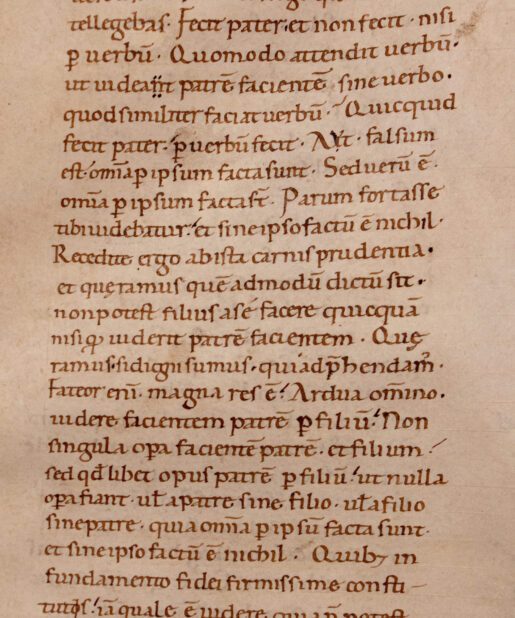
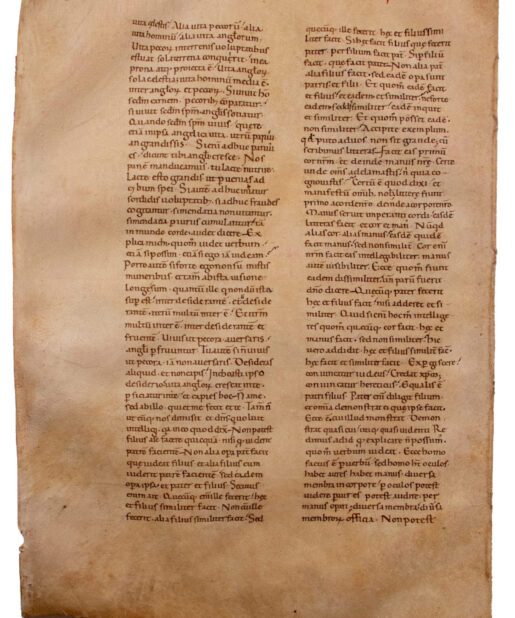
![Cuttings from a Romanesque copy of Priscian Institutiones Grammaticae, in Latin with a single word in Greek, manuscript on parchment. [Germany, 12th century]. Cuttings from a Romanesque copy of Priscian Institutiones Grammaticae, in Latin with a single word in Greek, manuscript on parchment. [Germany, 12th century].](https://butlerrarebooks.co.uk/wp-content/uploads/2023/05/IMG_9986-scaled-515x618.jpg)
![Cuttings from a Romanesque copy of Priscian Institutiones Grammaticae, in Latin with a single word in Greek, manuscript on parchment. [Germany, 12th century]. Cuttings from a Romanesque copy of Priscian Institutiones Grammaticae, in Latin with a single word in Greek, manuscript on parchment. [Germany, 12th century].](https://butlerrarebooks.co.uk/wp-content/uploads/2023/05/IMG_9981-scaled-515x618.jpg)
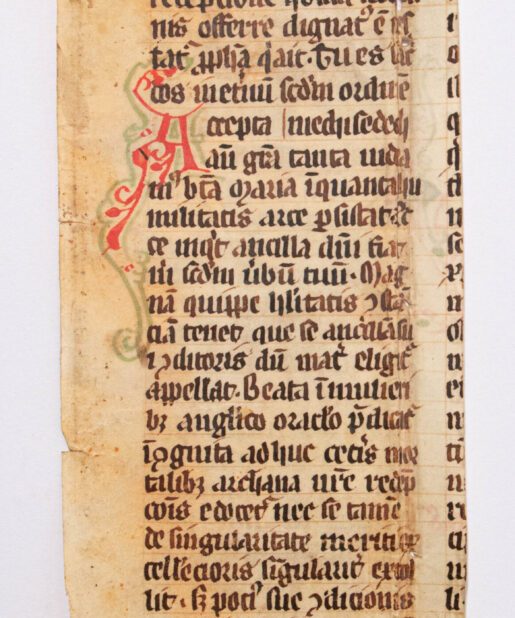
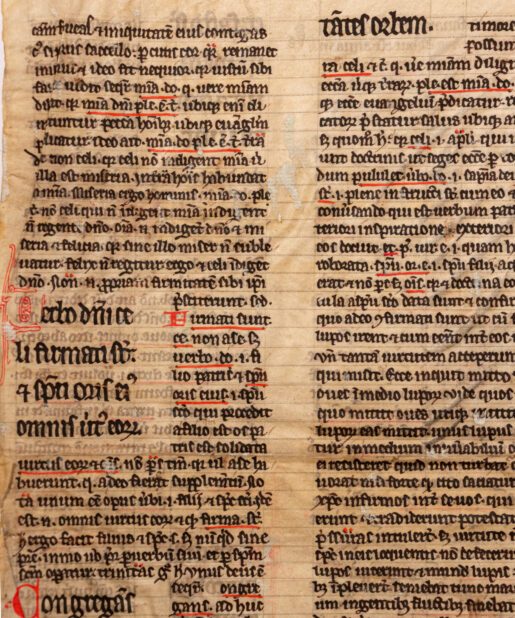
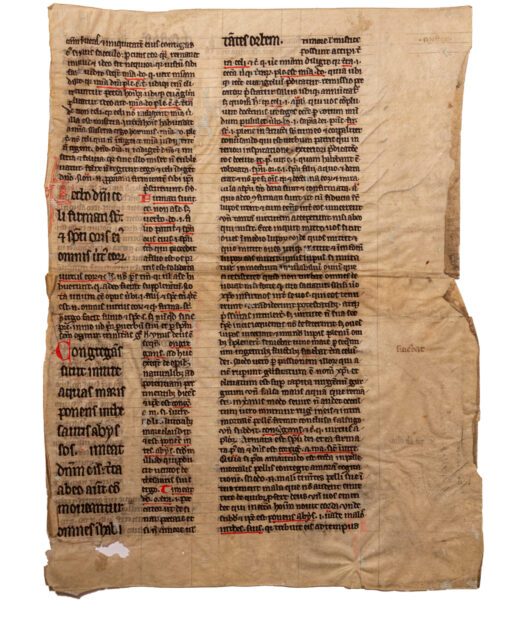
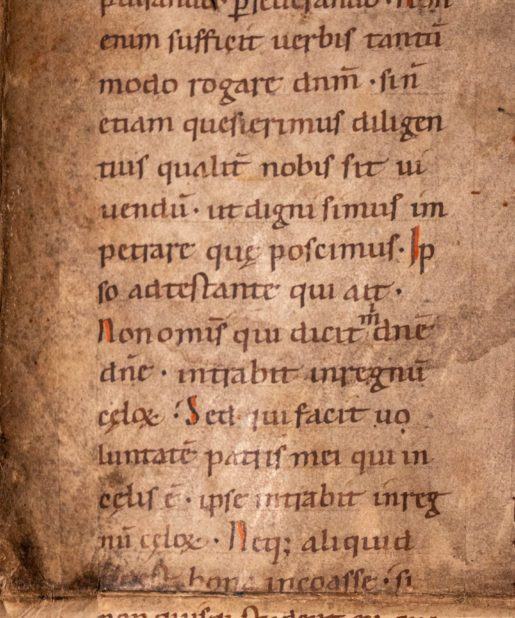
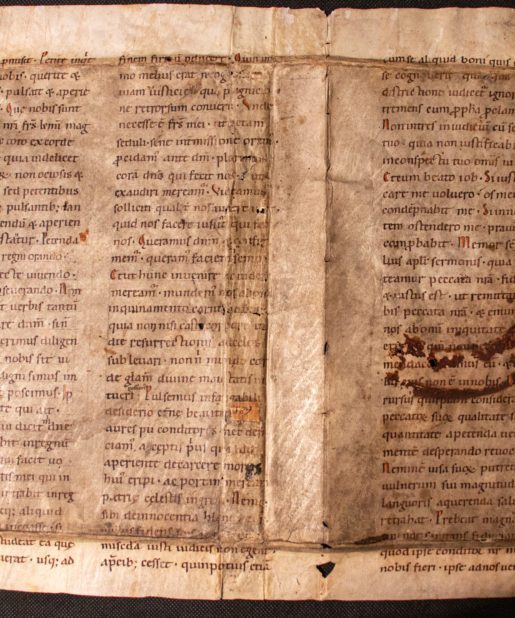
Reviews
There are no reviews yet.